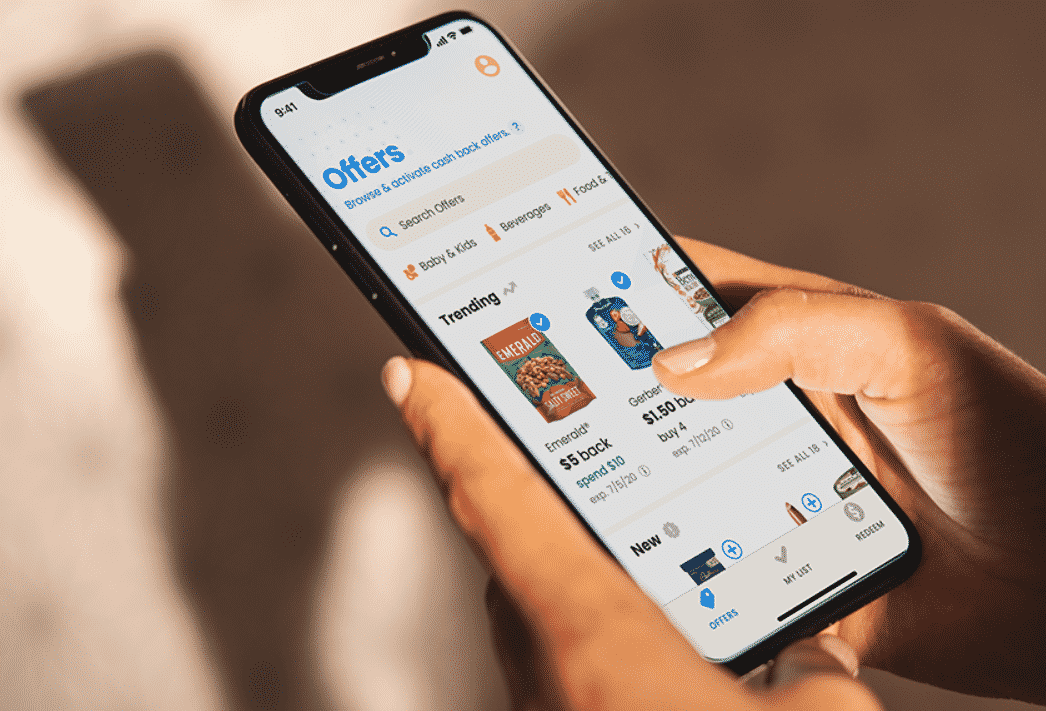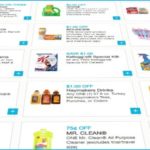
Shoppers may say they like high-dollar-value coupons that don’t require the purchase of multiple items. But those aren’t necessarily the coupons that actually get used most often. A new analysis of more than 100,000 digital coupon campaigns has identified what may be the ideal offer that will please shoppers and marketers alike.
In its 2022 Digital Promotions Report, Coupons.com owner Quotient Technology analyzed three years’ worth of data on digital coupon activations and redemptions across 128 product categories from more than 800 brands. The goal was to find out what specific offer attributes will motivate shoppers to clip a digital coupon, and what will prompt them to redeem it.
What Quotient found was that the face value of a coupon was the least important attribute in motivating a shopper to activate the offer. The most important factor is the type of product featured in the promotion – after all, shoppers are more likely to clip a coupon for a product they’re inclined to buy. But when it comes to the coupon’s value, shoppers pay much more attention to the “effective discount,” or the percentage off that the coupon offers relative to the full price of the product. Savvy shoppers know how much their favorite products cost – so they know whether, say, a $1 off coupon represents a great deal, or a piddly discount. Therefore, the higher the regular price of a product, the greater the coupon discount will need to be to generate any interest.
The best effective discount, obviously, is one that would offer 100% off, letting you get an item for free. But giving away freebies isn’t necessarily in brands’ best interests. So how about 90% off? 80%? Brands need to balance what will motivate couponers to buy, and what will help them increase sales and make a profit.
And it seems the optimal percentage is right around 30%-40%. Quotient found that the average redemption rate of a coupon is only about 4% when it offers an effective discount of 10% or 20%. Once the discount gets past 30%, the redemption rate begins to increase dramatically, soaring to 10%. But then something curious happens. “Our research shows that activation rates increase steeply as effective discounts climb from 20% to 40% but continue at a slower pace at 50% and higher,” Quotient found. So greater discounts don’t necessarily guarantee greater consumer interest. Quotient suggests that marketers “begin testing at 20% to find an effective discount that appeals to consumers” and go from there.
And then there are purchase requirements. $1 off one item is objectively better than $1 off two or three. But Quotient found that lower purchase requirements don’t automatically equal greater coupon usage. The “redemption rate increases for offers with a required purchase quantity of three or more, showing that consumers who activate those offers are more likely to redeem them,” Quotient noted. “If the category and value are deemed sufficient, the consumer will readily activate and redeem promotions that require them to purchase multiple products in order to redeem the offer.”
Therefore, the “perfect coupon,” which will entice the most shoppers while giving brands the most bang for their buck, may be one that offers about a 30% discount on the purchase of three items or more.
Of course, there’s no one-size-fits-all approach. When it comes to purchase requirements, for example, “some categories may not lend themselves to bulk purchasing,” Quotient points out. “After all, there is only so much cheese a family can consume in a week.” So increasing purchase requirements for perishable foods is likely to decrease coupon redemption rates, as opposed to higher purchase requirements for stock-up items like canned food and personal care products.
In the end, “consumers are savvy when it comes to assessing the perceived value of a promotion,” Quotient concludes. A 25-cents-off coupon will put a quarter in your pocket no matter what you redeem it on. But whether that coupon is for an inexpensive can of soup or a pricey bottle of laundry detergent could determine whether you bother to clip it and buy the promoted product. Similarly, a $10 off coupon for that detergent would certainly get your attention and encourage you to buy – but it could quickly bankrupt the brand offering it.
So “when designing promotions, advertisers must strike a balance between an effective discount that is compelling enough to convince the consumer to redeem the offer while still being efficient enough for the advertiser to run,” Quotient advises. “By closely examining data around promotion activation and redemption, advertisers can fine-tune their promotion strategy to be as effective and efficient as possible.”
So you may like saving as much money as possible on as few purchases as permissible. But the data tell the tale on what coupons shoppers will actually use. The “perfect coupon,” then, may not be one that gives you the biggest discount on a one-time purchase, but one that offers a more modest discount on repeat purchases. And if brands take Quotient’s advice, by offering coupons that allow you to save some 30% on your groceries, that may not be “perfect” – but it’s a whole lot better than paying full price.
Image source: Quotient Technology















